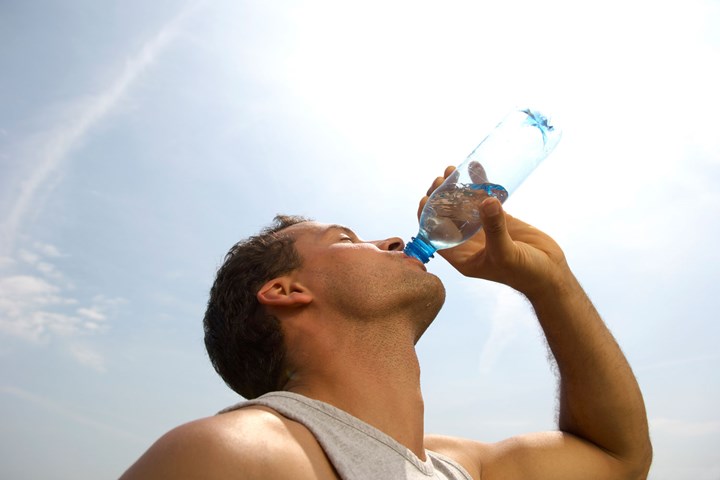
The World Health Organisation (WHO) is set to conduct a review into the safety of drinking bottled water after a new study of the worlds top brands found that 90 per cent contained microplastics. On average, the study conducted by the State University of NY on behalf of Orb Media, found an average of 325 tiny plastic particles per litre of drinking water.
“The public are obviously going to be concerned about whether this is going to make them sick in the short term and the long term,” said Bruce Gordon of WHO when talking to the BBC.
“When we think about the composition of the plastic, whether there might be toxins in it, to what extent they might carry harmful constituents, what actually the particles might do in the body – there’s just not the research there to tell us,” said Gordon.
In a separate investigation commissioned by Orb last year, high levels of plastic were also identified world wide in tap water, however these new findings have scarily “found roughly twice as many plastic particles within bottled water”.
The WHO review will set out to determine how much plastic ingestion is enough to cause health concerns in humans.
“We normally have a ‘safe’ limit but to have a safe limit, to define that, we need to understand if these things are dangerous, and if they occur in water at concentrations that are dangerous,” explained Gordon.
Plastic is a huge concern for the health of our environment, but it’s now having an increasingly negative impact on our physical health. Last year, scientific reports revealed that the fish we eat also contain high levels of plastic from ingesting it in the ocean. High levels of plastic in the ocean are a result of human litter, and even plastic fibres from our clothing that run off in the washing machine cycle.















